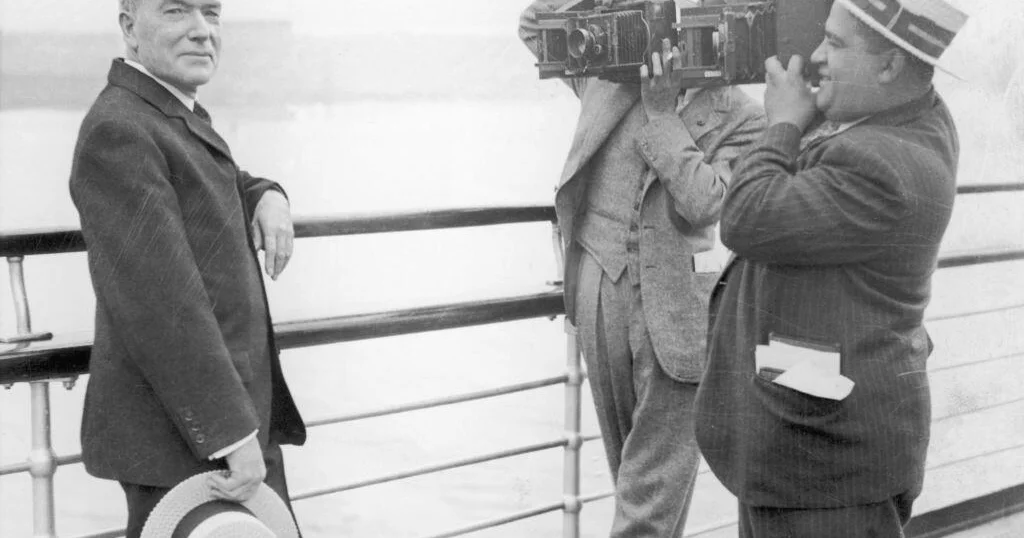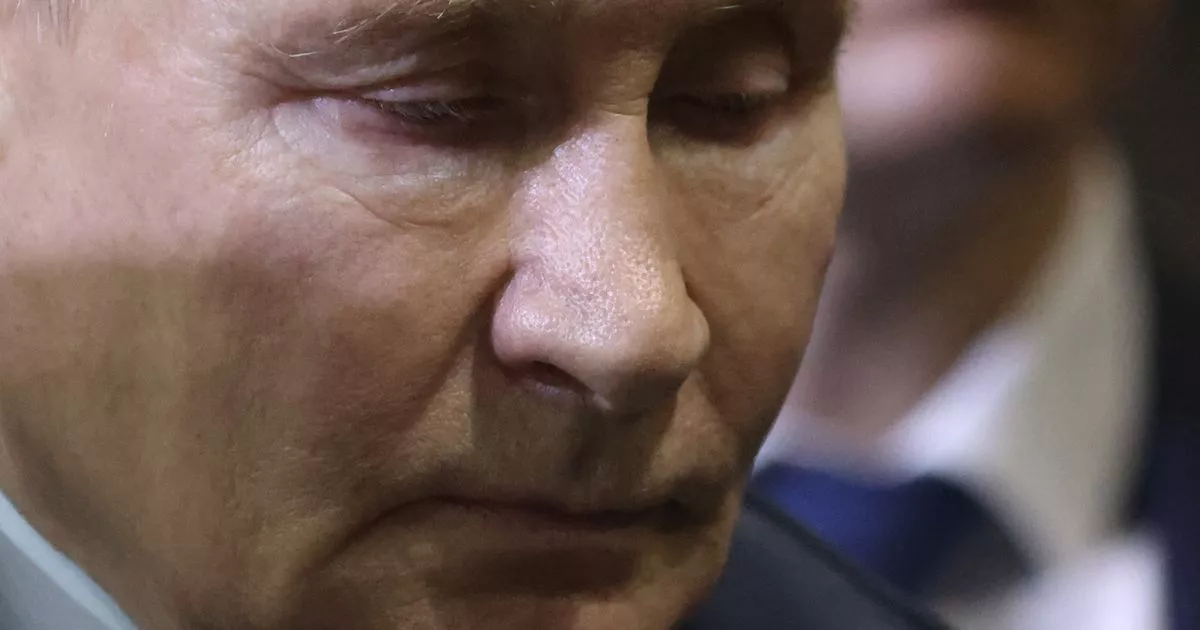Rockefeller became the first billionaire over a century ago. Here’s what to know about America’s wealthiest today.

On Sept. 29, 1916, it was front page news that a surge in Standard Oil’s stock price likely made oil tycoon John D. Rockefeller America’s first billionaire.
More than a century later, the United States is home to hundreds of billionaires whose fortunes increasingly come from technology and financial markets. Together, they control a growing share of the country’s wealth — approaching the percentage held by Gilded Age industrialists who built monopolies in railroads, oil and steel.
Here’s what research tells us about America’s billionaire class today.
American billionaires number over 900, according to researchers
There are a few different estimates of the number of American billionaires, but researchers tend to agree that the billionaire class exceeds 900 and is growing.
Forbes, which has produced a list of billionaires since the 1980s, counted roughly 900 in early 2025 — up from 813 in 2024.
Meanwhile, the wealth-data firm Altrata pinned the number of U.S. billionaires at 1,135 in 2024, an uptick from 1,050 in 2023 and up more than 80% from levels in 2016, when they began releasing yearly reports.
And JP Morgan Chase Private Bank estimated the number at roughly 1,990 in 2024 — about 15% more than its 2023 estimate.
Part of the reason estimates vary is that the ultra-wealthy are not required or incentivized to disclose their net worth. The SEC requires investors to report ownership of more than 5% of a company’s shares, but valuations fluctuate with the market, complicating wealth estimates.
Adjusted for inflation, the number of billionaires with a Rockefeller-sized fortune is a much smaller set.
His $1 billion in 1916 would be worth roughly $30 billion today. By that measure, only about 30 American billionaires have a similar fortune, according to Forbes and Bloomberg. Among them are Oracle founder Larry Ellison and Tesla founder Elon Musk, with net worths above $300 billion. Other tech titans also top the list, including Meta CEO Mark Zuckerberg and Amazon founder Jeff Bezos — both with fortunes of over $200 billion each, as of Sept. 29.
Christopher Nichols, a professor of history at Ohio State University said, “The billionaires of the Gilded Age and the multimillionaires were involved in what we think of as blue chip industries, where there are lots of jobs and stuff produced. The billionaires of today’s world are mostly working in tech sectors and places that very often don’t employ many people.”
Billionaires have roughly $6.8 trillion in wealth in 2025
Together, America’s billionaires had an approximate total net worth of $6.8 trillion in the spring of 2025, Forbes estimates, which is a jump of more than a trillion compared to last year after a strong year of growth for U.S. stocks in 2024.
In the 20th century, Scottish journalist B.C. Forbes, who founded the eponymous magazine, wrote that if Rockefeller’s wealth “could be turned into cash and distributed equally—which it couldn’t—[it] would give every man, woman and child in the United States $10 each.”
Today, if that estimated $6.8 trillion held by U.S. billionaires could be turned into cash and divided equally among roughly 340 million Americans, it would amount to about $20,000 per person.
Another way to think about that sum is that it could theoretically be used to buy every NFL team, pay off Americans’ student loan and medical debt and purchase 9 million homes at the current median sales price, with hundreds of billions left over.
The ultra rich own an increasingly large share of the nation’s wealth
Data from the World Inequality Database shows that the share of wealth held by the top 1% and the ultra-rich top 0.001% has been rising for decades — toward the record levels observed in the Gilded Age.
The share of the national wealth held by the top 1% peaked at nearly 50% in 1929 before tumbling during the Great Depression, according to the data.
“What happened with the Great Depression was that large fortunes were lost in the stock market. And then the New Deal rebuilt the economy around workers and around small businesses,” said Jeremi Suri, a professor of history and public affairs at University of Texas.
But in the early 1980s, the top 1% began regaining ground, as union jobs declined and traditional industries like manufacturing shrunk, according to Suri.
By 2023 the top 1%, or those with over $4.6 million in assets, controlled more than a third of the nation’s wealth — up over 10 percentage points from 1980.
Data collected by the same researchers shows that the trendline looks similar for those in the top 0.001% of people in the country — or those who owned more than $1.5 billion in 2023.
The hundreds of billionaires in this category owned about 1% of the nation’s net wealth in 1980 and 5% in 2023.
Most billionaires are males with self-made fortunes, but a significant number inherited their money
Demographically, the billionaire class still resembles J.D. Rockefeller in many ways.
The vast majority of the world’s billionaires are men — about 86.5% in 2025, according to Forbes — and most make rather than inherit their wealth.
Rockefeller himself was the son of a traveling salesman and a housewife. While his family helped him launch his career, Rockefeller built the majority of his fortune on his own, according to Nichols, an editor of “A Companion to the Gilded Age and Progressive Era.”
“He came from enough middle class wealth that he could get a loan from his dad to start that business, which so often is the story for business folks,” Nichols said. “But he made his billions through his business acumen and hard work, and then also his ruthless competitiveness in an under-regulated time.”
Research suggests inheritance plays a significant role for many wealthy people today. Roughly 30% of the world’s billionaires have inherited their fortunes, according to a 2024 report by UBS, a wealth management company in Sweden. And the share in the U.S. is about a third, according to a Wall Street Journal analysis of Altrata data.
Some of America’s wealthiest heirs include Walmart’s Alice, Rob and Jim Walton, and Jacqueline Mars, who owns roughly one third of the candy giant Mars founded by her grandfather.



